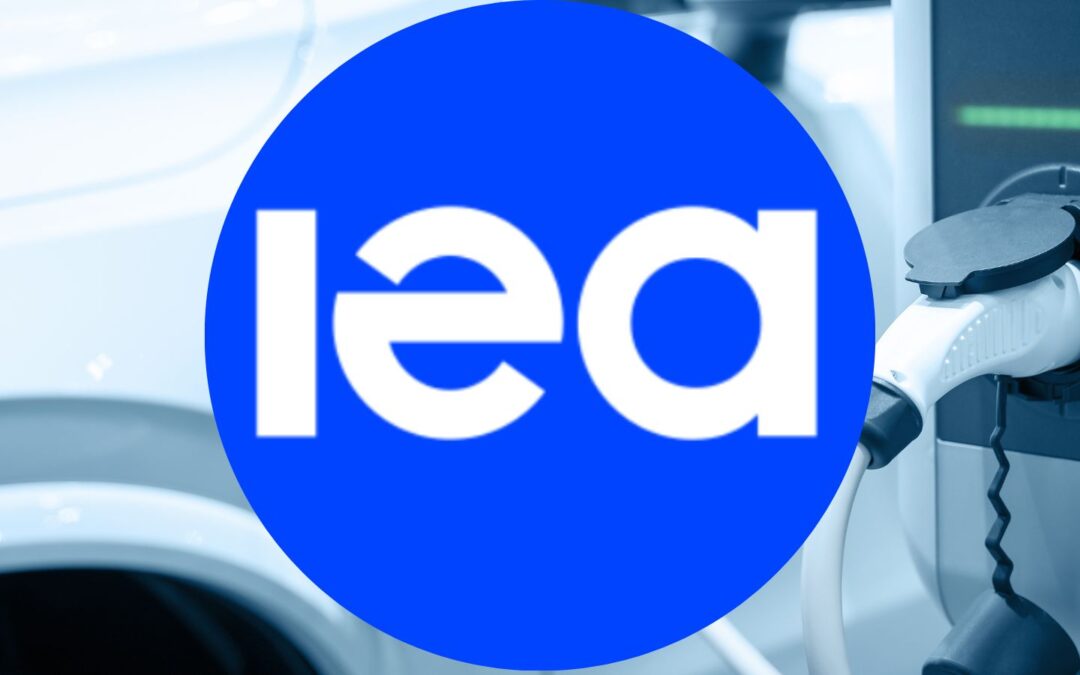The International Energy Agency has published a report examining the opportunities to use smart charging of electric vehicles to drive greater renewables use and balance grid peaks and troughs.
The IEA Announced Pledges Scenario estimates that increasing the electric vehicles stock from 17 million units today to 808 million units by 2040 can contribute to reducing transport emissions by 36%. But that scale of change comes with significant implications.
The benefits of transport decarbonisation are bolstered by the decarbonisation of power systems, which poses an opportunity for emerging and developing economies with ambitious variable renewable energy deployment targets.
The diversity of transport modes undergoing electrification, from public transport to personal electric vehicles and two and three-wheelers, along with the location of charging infrastructure at the distribution network level, will require smart strategies to ensure a smooth and secure integration.
Those strategies exist and the benefits for grids, renewables roll-out and for bill-payers can be quite profound.
Smart charging and grid performance
The report recognises that even where EV charging proves a small additional increase in energy electricity use, the impact of relatively high concentrations of EVs or high-energy vehicles like busses, will put pressure on grids around the world.
This comes at a time when grid capacities are likely to be under pressure already. As developing nations grow their economies consumer and business energy use grows. Electricity use is also set to rise through electrification of heating around the world.
Managed charging or smart charging can help to alleviate this pressure by integrating EV into the grid with charging processes adjusted to achieve power system objectives. These objectives could be voltage regulation and reduction of local peak in the distribution grid, or they could be frequency regulation and energy arbitrage in the bulk energy system. In both cases, smart charging the fleet of EVs can provide a good source of power system flexibility.
Just as importantly, EV smart charging can increase the uptake of renewables. By providing a reliable load that can consume variable renewable generation, it can increase the confidence
of system operators to add more renewables while maintaining stability, and it can also improve the business model of developers knowing that curtailment could be reduced or eliminated.
The report highlights that in South Korea, smart charging by 2035 based on their announced net zero pledges will help increase the consumption of wind and solar generation sufficiently to reducing average emissions by 21% and reduce peak costs by $18 per megawatt-hour or 30%.
The bill-payer also benefits
The report puts some focus on the incentives for those who own vehicles, to engage in smart charging.
For light-duty vehicles it notes that smart charging under a critical peak pricing regime in
California can save EV users up to $1,220 per month in energy costs. Similarly, bidirectional charging in Denmark generate up to €2,304 per year for those involved.
With busses, the scale can be far larger because the vehicles require greater energy use and often together at a depot. Managing the charging schedules of school buses at a school in California was estimated to save the school $31,406 per year for 11 electric buses. It was expected to save $98,727 per year when the school eventually deploys 24 buses in the future, by avoiding demand charges and peak periods.
For motorcycles, which have a lower impact on power systems because of their low charging power and energy needs, aggregating enough two-wheeler batteries can provide more services for the grid. For example, about 1.3 gigawatt-hours of storage capacity in battery swapping stations in Chinese Taipei has been contracted for a fee to help support grid stability.
To make smart charging work for grids, the report does note that countries will need to establish some degree of interoperability and standardisation. It also suggests that communication and control systems need to be required in charging infrastructure to allow the grid operator to instigate smart charging decisions.
Most importantly however, will be to provide market signals for when clean energy is available or energy use is low. This will mean ensuring the pricing at wholesale and consumer levels will need to reflect the ambitions behind smart charging.
The post IEA: EV smart charging can strengthen renewables across grids appeared first on Infrastructure Global.

